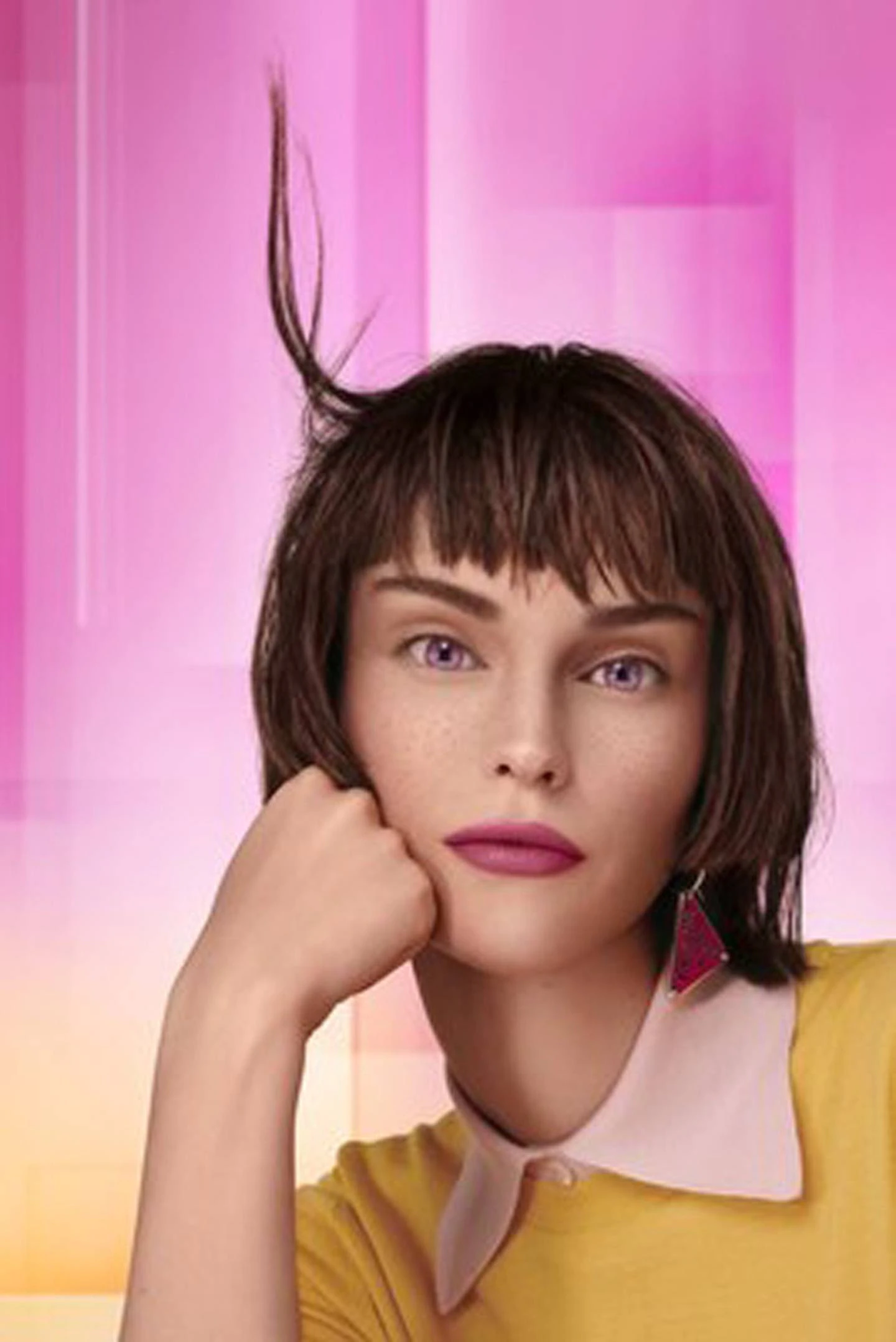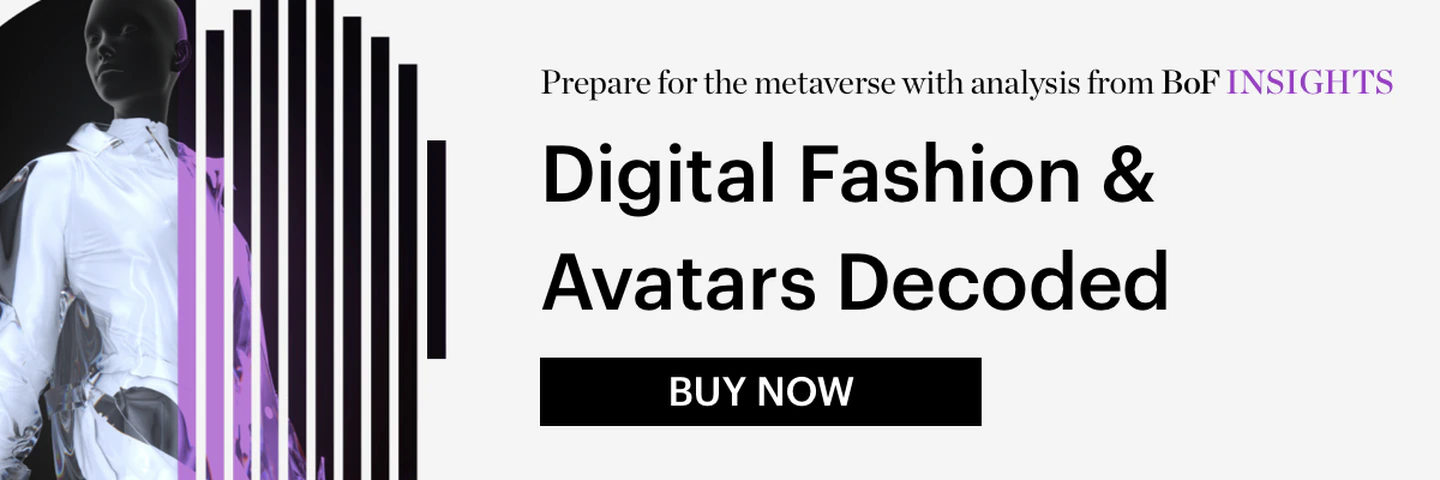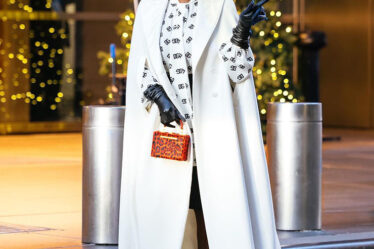
The new face of US teen retailer Pacsun, it turns out, isn’t very new at all.
Lil Miquela, the virtual influencer that first appeared back in 2016 and went on to work with brands like Prada and Calvin Klein, will front Pacsun’s back-to-school and holiday campaigns this year. Known simply as Miquela now, the self-described “19-year-old robot living in Los Angeles” had largely faded from major brand deals, even as she’s amassed 3 million followers on Instagram.
Now she’s back at the centre of a brand campaign, and depending how you look at it, the timing puts Pacsun ahead of the curve, rather than a few years behind it.
The hype around the metaverse looks to have rekindled interest in virtual influencers. The idea previously caught hold for a brief moment around 2018, the year Miquela took over Prada’s Instagram account to promote its Fall/Winter show in Milan. Another computer-generated influencer named Noonoouri was making appearances for Dior and KKW Beauty while Shudu, a “digital supermodel,” became the central figure in Balmain’s “virtual army.” (Taking a slightly different approach, Gucci enlisted a physical robot for a campaign on China’s WeChat.)
They often came across as novelties, however, and while they’ve occasionally popped up since, they haven’t taken over the jobs of the Hadids and Jenners of the world. Convincing as they can look, they’re still visibly artificial, pitching them into the eerie territory of the uncanny valley and undermining the authenticity followers presumably seek in influencers.
But they’ve been growing in popularity among younger audiences in countries like South Korea and China, where virtual idols are already estimated to drive billions in business.
As more brands now move into virtual spaces like online games and imagine a future internet we navigate as digital avatars, virtual ambassadors are getting another look.
Is the time suddenly right for brands to hire virtual faces?
Pacsun, which has been expanding its brand into virtual worlds, said it was partnering with Miquela as it takes its next steps into digital spaces. Last year, Prada introduced its own virtual muse, named Candy. And in a surprise move, Dapper Labs, the company behind popular NFT projects such as CryptoKitties and NBA Top Shot, acquired Brud, the maker of Miquela. While it doesn’t aim to create more virtual influencers, it’s looking to use what Brud learned about community-building and experimentation from Miquela to inform other products it’s making.
Even so, it’s probably still too soon to expect mainstream audiences to follow virtual figures the way they do human ones.
“We miss the mark if we believe this is a genuine attempt to [use] a virtual influencer to then drive consumer behaviour at this point,” said Johan Kristensson, head of creator success at LTK, a global influencer marketing platform. “I think this is an early, first-mover-advantage play to build interest.”
Many brands are in the process of experimenting in immersive worlds, NFTs and other technologies as they try to develop best practices they can use in the future. They’re not always going to get it right, which carries risks for image-centric fashion businesses, but they also remember the costs of being late to adopt new tools like e-commerce and social media.
One outstanding question, however, is whether audiences can develop the same relationship with an entirely artificial character, even a photorealistic one, that they build with human influencers. This “pseudo-friendship” stems from who the influencer is as a person, according to Kristensson, which is why he says LTK doesn’t try to shape an influencer’s creative direction. Is it possible to reproduce that with a virtual figure?
“Today that sounds like a crazy thing to say perhaps,” he said, but added it could become possible “over time, as we become more comfortable living in a virtual space.”
It’s easier to imagine virtual influencers becoming more prominent if the metaverse that people like Mark Zuckerberg imagine ever comes into existence and the average internet user spends much of their time embodied by a digital avatar. There would be no obvious difference between the look of a computer-generated character and the avatar of a real person. It could even open the door to virtual influencers that don’t try to be human. Instead of looking like Miquela, it could look like a Bored Ape.
But that’s all still a distant possibility at this point and would require some big leaps in mixed-reality technologies to even approach being feasible.
For brands, virtual influencers may offer the advantage of being fully controllable and theoretically won’t get caught up in scandals in their nonexistent personal lives. But the lives of the people we follow are integral in making us want to follow them in the first place.
For now, virtual influencers seem likely to remain less popular — and less effective at driving sale — than human ones we’re able to relate to, or at least envy, with rich or messy lives, and increasingly even day jobs, that exist outside of social media.




